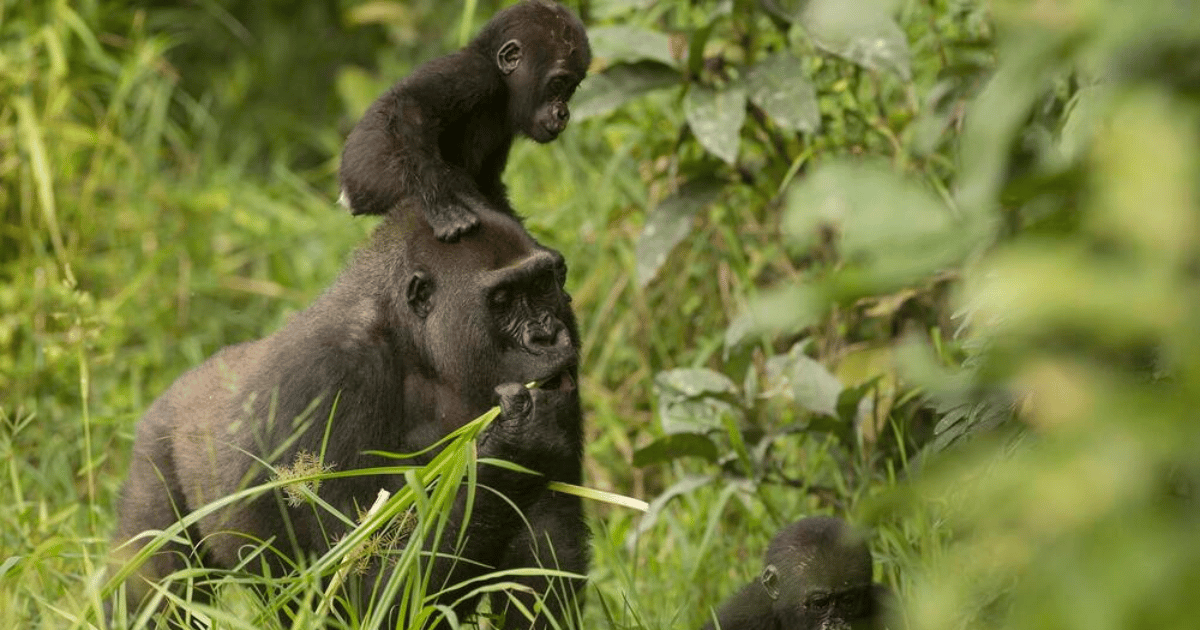- Conservation Rising
- Posts
- Cameroon leads WWF hiring surge over the past year
Cameroon leads WWF hiring surge over the past year

From the newsletter
The World Wildlife Fund (WWF) Africa increased its workforce by 19% over the past year, growing to 70 employees, according to LinkedIn data. Cameroon experienced the highest growth at 75%, likely due to WWF’s transboundary conservation efforts in the Sangha Tri-National and its support for Indigenous Peoples and Local Communities in the Congo Basin.
Cameroon project spans 4.4 million hectares and includes three protected areas: Lobéké National Park (Cameroon), Dzanga-Sangha Special Reserve (Central African Republic), and Nouabalé-Ndoki National Park (Republic of Congo).
Kenya saw a growth rate of 44%, increasing its staff count to 13, which now matches that of South Africa. Together, Kenya and South Africa host the largest number of WWF Africa employees, each accounting for 19% of the total team.
More details
The workforce remains relatively lean yet diversified, with 17 new hires recorded over the past 12 months and only five departures, resulting in a net gain of 12. The team composition is primarily driven by Operations (10% of employees), Business Development (9%), and Arts and Design (7%). The fastest-growing roles are in Research (+100% growth), Customer Success and Support (+100%), and Business Development (+50%).
The average employee tenure is 4.3 years, which is relatively short. This figure is influenced by high turnover in the Education (0.4 years), Marketing (0.4 years), and Purchasing (1 year) functions. In contrast, the Legal, IT, and Engineering teams exhibit longer tenures, with the Legal department averaging 17.2 years, IT at 13.3 years, and Engineering at 12.1 years. Experience-wise, WWF Africa boasts a senior team, with an average of 12.9 years of professional experience.
In terms of skill distribution, the top capabilities include Wildlife Management (10 employees), Natural Resource Management (9), Sustainable Development (9), and Capacity Development (8). Notably, the fastest-growing skills over the past year are Environmental Education (+67%), Data Analysis (+50%), Personnel Management (+50%), Fisheries Science (+50%), and Stakeholder Mapping (+50%). This trend indicates evolving strategic priorities aligned with conservation education, monitoring, and stakeholder engagement.
Geographically, talent is concentrated in southern and eastern Africa, with South Africa (13 employees), Kenya (13), and Namibia (10) serving as core hubs. Cameroon stands out with a 75% growth rate, increasing to 7 employees, while Zambia and Kenya follow closely with 4 employees each, reflecting growth rates of +33% and +44%, respectively. These shifts suggest that WWF is localising operations and investing more in regions where conservation needs are both urgent and politically actionable.
Our take
The rise in environmental education, data analysis and stakeholder mapping points to WWF Africa’s evolving strategy to more data-driven, participatory and community-informed approaches.
While field-based conservation remains central, the organisation appears to be adding capacity for more participatory and informed approaches